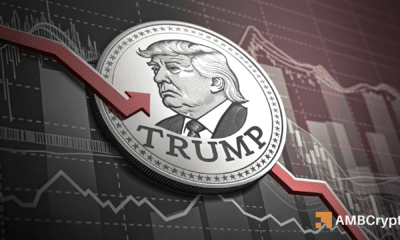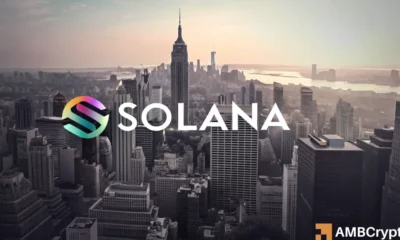Ethereum: How investors can hope to save $125B of ETH
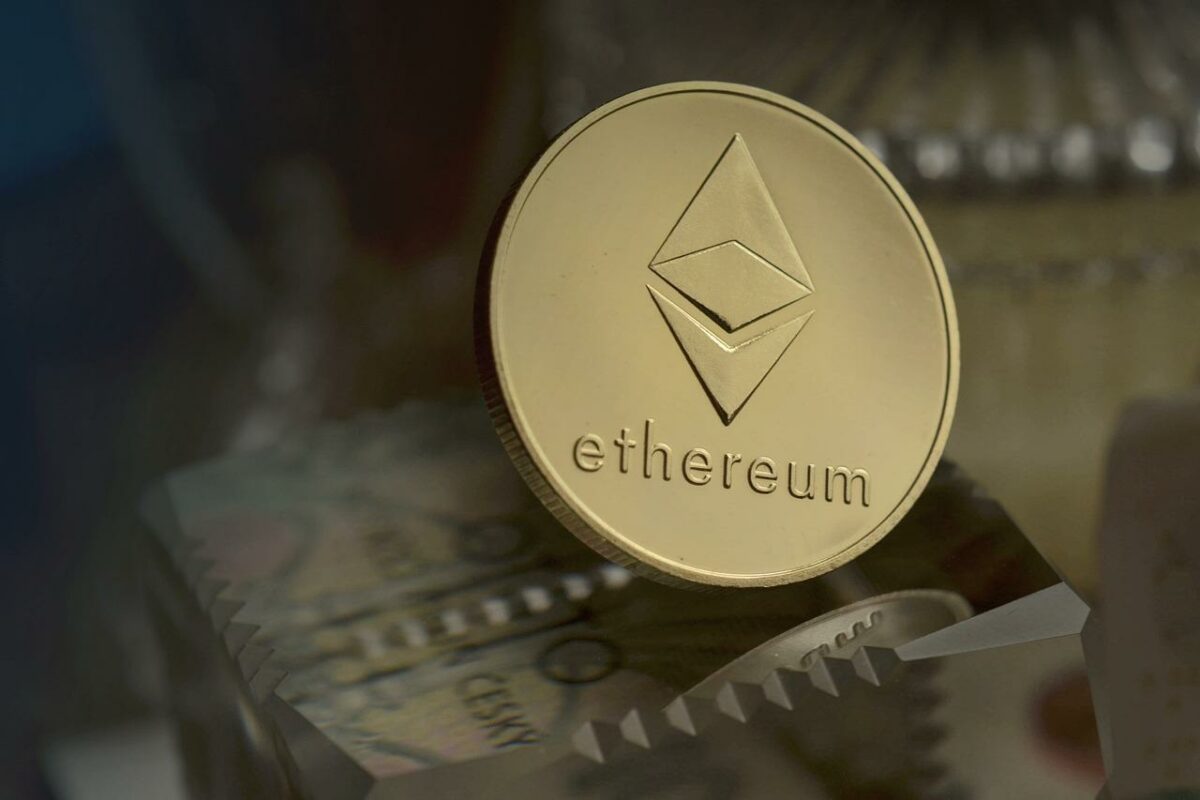
Ethereum’s charm in the crypto-space may be diminishing. Not just because of its underwhelming price action, but also because people don’t really want it right now.
From institutional investors to retail investors, ahead of the Merge, everyone is holding back. And, it is now bearing adverse effects on Ethereum.
Ethereum continues to suffer and…
After the devastating crash last week, most retail investors engaged in a market-wide sell-off. Not institutional investors, however. They picked up the assets that other investors dumped and ended up investing over $274 million in these assets.
The list included the likes of Litecoin, Tron, and even Cardano, but not Ethereum. Continuing its streak of registering outflows, Ethereum noted $26.7 million worth of outflows. This pushed the monthly outflows to $41.8 million and the year-to-date outflows to $236 million.
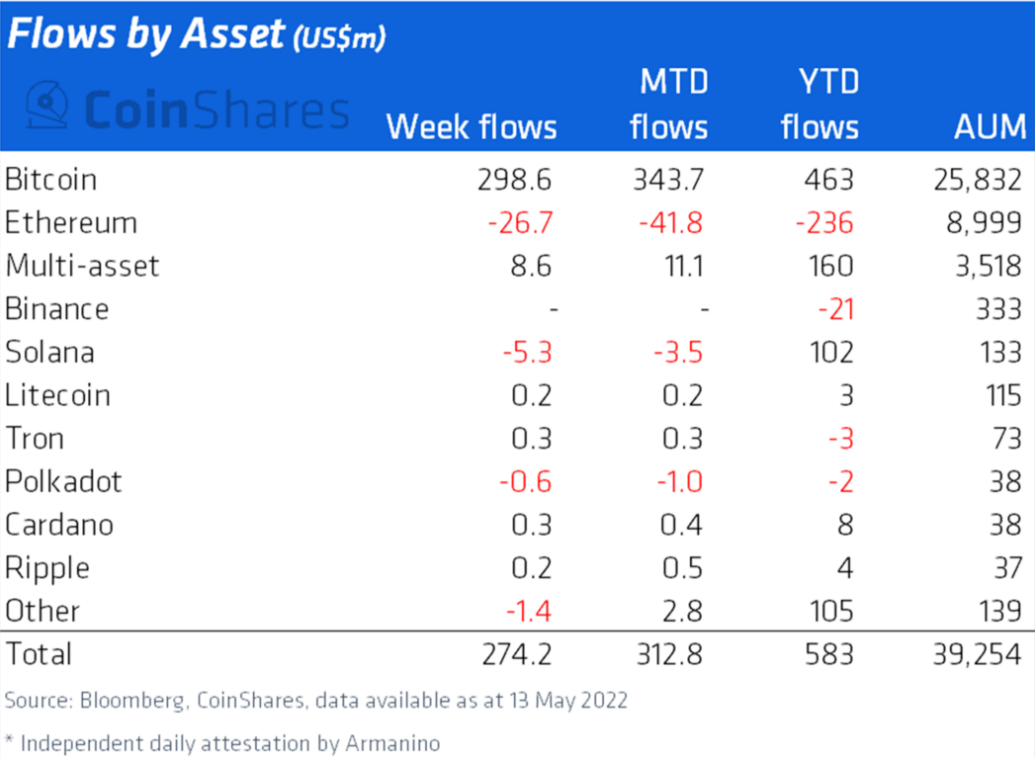
Ethereum continues to face outflows | Source: CoinShares
The hype and concern surrounding the Merge have been high, which for some people is an opportunity to get in before prices soar. Especially as Ethereum would become PoS. Others don’t project a major impact as the crypto-space has seen major updates fall flat in the past.
However, looking at investors’ behavior could give some clues as to what direction they could take over the coming weeks. And, that narrative differs from bearish speculation.
Over the longer timeframe, investors are fixated on accumulation. This is why despite the crash of 9 May, all the ETH that was sold (about 479k ETH worth $998.8 million) was bought back within 24 hours on 17 May.

Ethereum supply on exchanges | Source: Glassnode – AMBCrypto
Indeed, there was some panic among ETH holders. Including among steady long-term holders who liquidated their positions considerably over the last couple of days.

Ethereum liveliness | Source: Glassnode – AMBCrypto
But, this won’t be for too long as investors are already recovering from their state of fear. Furthermore, they are going to be optimistic about the momentum going forward.
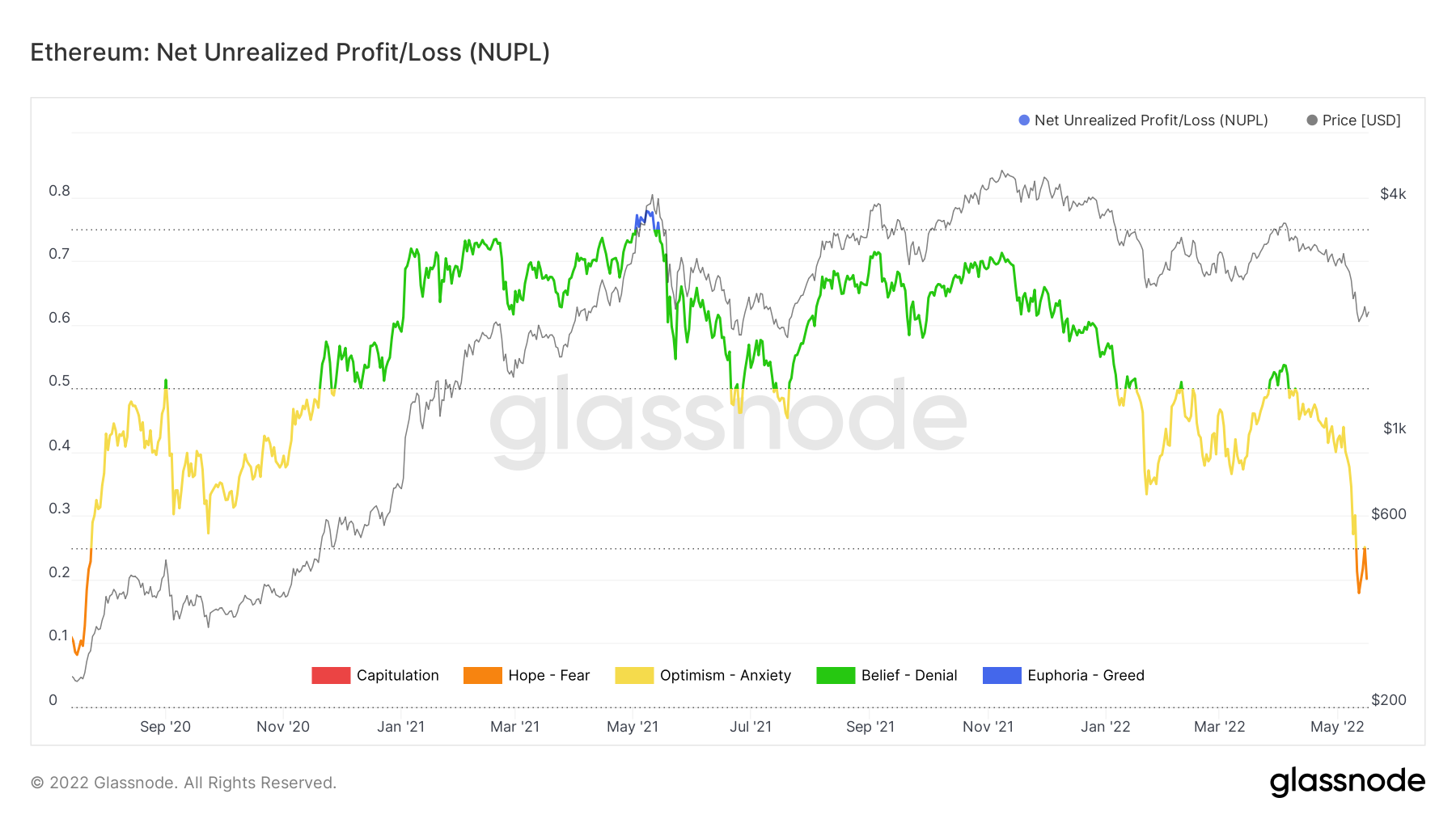
Ethereum investors in Fear | Source: Glassnode – AMBCrypto
This is necessary for the price to recover since without investors’ confidence, it’ll become very difficult for Ethereum to stay above $2k.
As it is, almost 50% of the supply is in loss. This means that over $125 billion of investors’ money needs to be saved.

Ethereum supply in loss | Source: Glassnode – AMBCrypto



